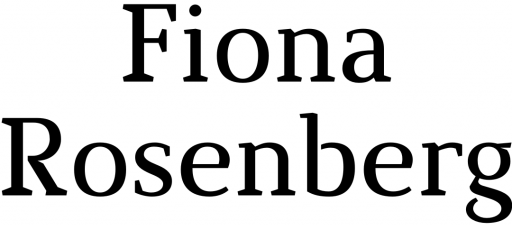Hypnotherapy
What is Hypnosis ?

Direct suggestion – example language style

Indirect suggestions – example language style

Metaphor – example language style
I use metaphors and tell stories which during hypnosis you can then make relevant to your own issue.
Metaphors in the context of clinical hypnosis are stories and are an indirect method to achieve a number of goals. They are considered one of the most powerful and gentle means for communicating relevant information. Metaphors relate a story that can capture your conscious interest while at deeper levels allowing you to learn new ways of thinking and behaving.

Analytical – example language style
‘when you enter this particular room you’ll find something very meaningful and significant there…and soon you will discover something or someone relevant to what you’re struggling with…’
You are relaxed into hypnosis and, using free association, we set out to release and resolve bottled up emotions, conflicts and anxieties. It may be that you have no conscious recollection of the thing you need to resolve and if you have no recollection it is therefore not possible to grieve, cry or talk about it. It is not so much a case of ‘finding’ the incident/emotion but rather allowing it to come to the surface by itself.
Teaching the client Self-help (Including self-hypnosis and tasking)
I consider teaching self hypnosis and giving homework to be fundamental to the effectiveness of a treatment programme and your eventual self sufficiency. I supply supporting literature, direct you to relevant books or YouTube/TED Talks etc in each session.
Types of inductions to the Hypnotic state that I use include:
Basic Inductions
For use if you have not experienced a formal trance induction before. The purpose is to inform you about the process of trance and imitate trance experiences.
Confusional Induction
For use when your conscious mind would continue to analyse, critique, plan etc throughout a basic induction or if letting go of control is a concern.
Conversational
For use if you are anxious about the hypnotic process or reluctant to engage it. The induction does not mention trance or hypnosis and instead it focuses upon the development of relaxation and comfortable self-awareness.
Revivification Induction
For use if you have successfully experienced hypnosis before and to take you deeper into trance.
Simulation Induction
For use when you can remember a non hypnotic trance experience in a particular situation such as jogging, sitting by the ocean, day dreaming and so on and then to use this to achieve trance.
Eye Fixation/Arm Levitation Induction
For if you expect or are seeking a demonstration of hypnosis similar to that of stage hypnosis.
Brief Induction
For use if you are experienced and are able to then achieve a quick trance state and then move into the work phase of the trance.
Traditional Self-Hypnosis Training Induction
How to enter and use a self-hypnotic trance to relax in stressful situations, to manage urges and/or for therapeutic self-exploration.
Rapid Self-Hypnosis Induction
A modified version of the Self-Hypnosis Training Induction for use if you can exercise a high degree of imaginative involvement.
Progressive Muscle Relaxation Induction
Effective in achieving trance whether you are experienced or inexperienced with hypnosis; however especially effective if you are predominantly kinaesthetic (feelings).
Counting Induction
A popular induction and for use because of its simplicity. It involved counting downwards implying ‘going down’ into trance.
Your Therapy Journey Starts Here
Call Fiona on 07968 106 113 or fill out the form below
“I was suffering from nerves and lack of self-belief with respect to my golf swing, golf lessons did not seem to work, so I decided to try hypnotherapy. Following my sessions with Fiona, I definitely have more confidence.
My approach to golf has vastly improved, not necessarily all my shots yet, but I am sure that will come! Fiona has also taught me how to calm myself before taking a shot, and how to forget about the bad ones! These are tools you cannot find in the golf bag!”
Providing you with the most help in the least time.
Face to face appointments are available 9am-9pm Monday to Friday or alternatively I offer remote sessions via Teams or Zoom or FaceTime.
07968 106 113
fionacrosenberg@hotmail.com
IMPORTANT NOTICE and PRIVACY POLICY : As you may be aware new Data Protection Legislation came in to force in the UK on 25th May 2018. The General Data Protection Regulation (GDPR), is EU wide legislation, and is currently being enacted into UK law and will become the 2018 Data Protection Act.
This legislation affects every business that handles personal data for clients or staff. Personal data has been defined by the act as ‘any information relating to an identifiable person who can be directly or indirectly identified’, this will include such data as name and contact details, but may also include information such as IP Addresses. It will be necessary for me to contact you by email and phone and text and if you do not want me to use any of these methods please let me know.
The personal data I collect about you will include data relating to your name, address, date of birth, wider contact details and data relating to health. I will process your personal data to allow me to provide you with services relating to psychotherapy and wellbeing.
I will only use your data for the purpose for which it was collected and it will remain confidential at all times. Your records shall be kept for at least 7 years following the last occasion on which treatment was given. In the case of treatment to minors records will be kept or at least 7 years after they reach the age of majority (18).

